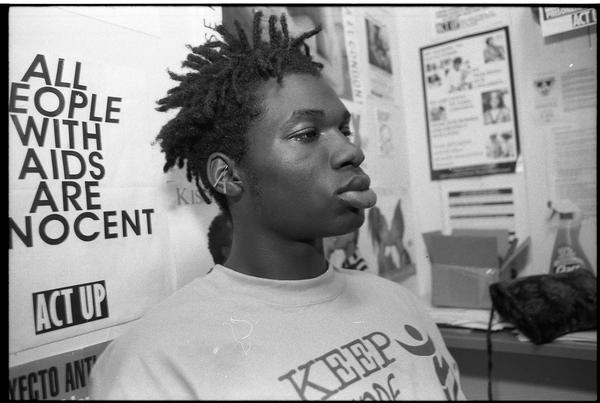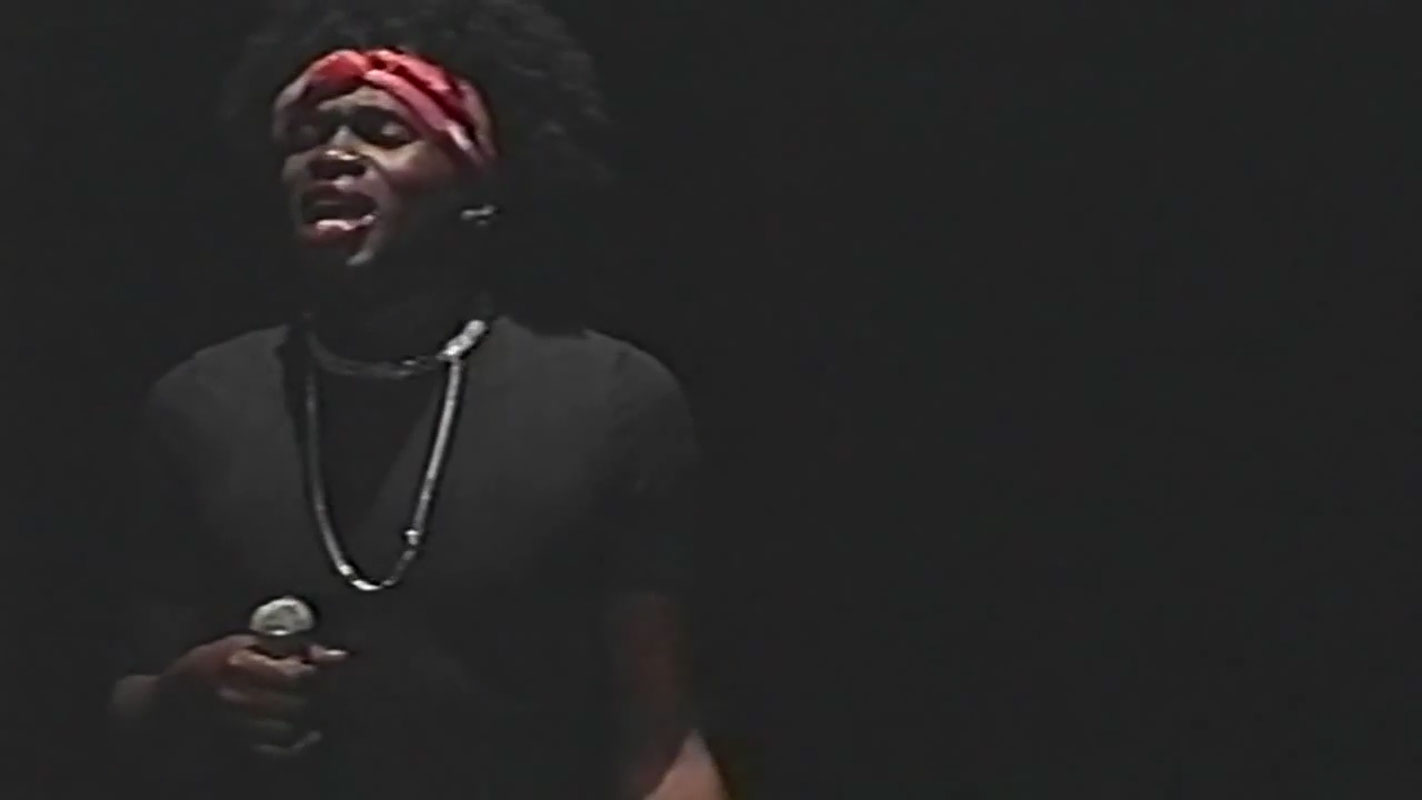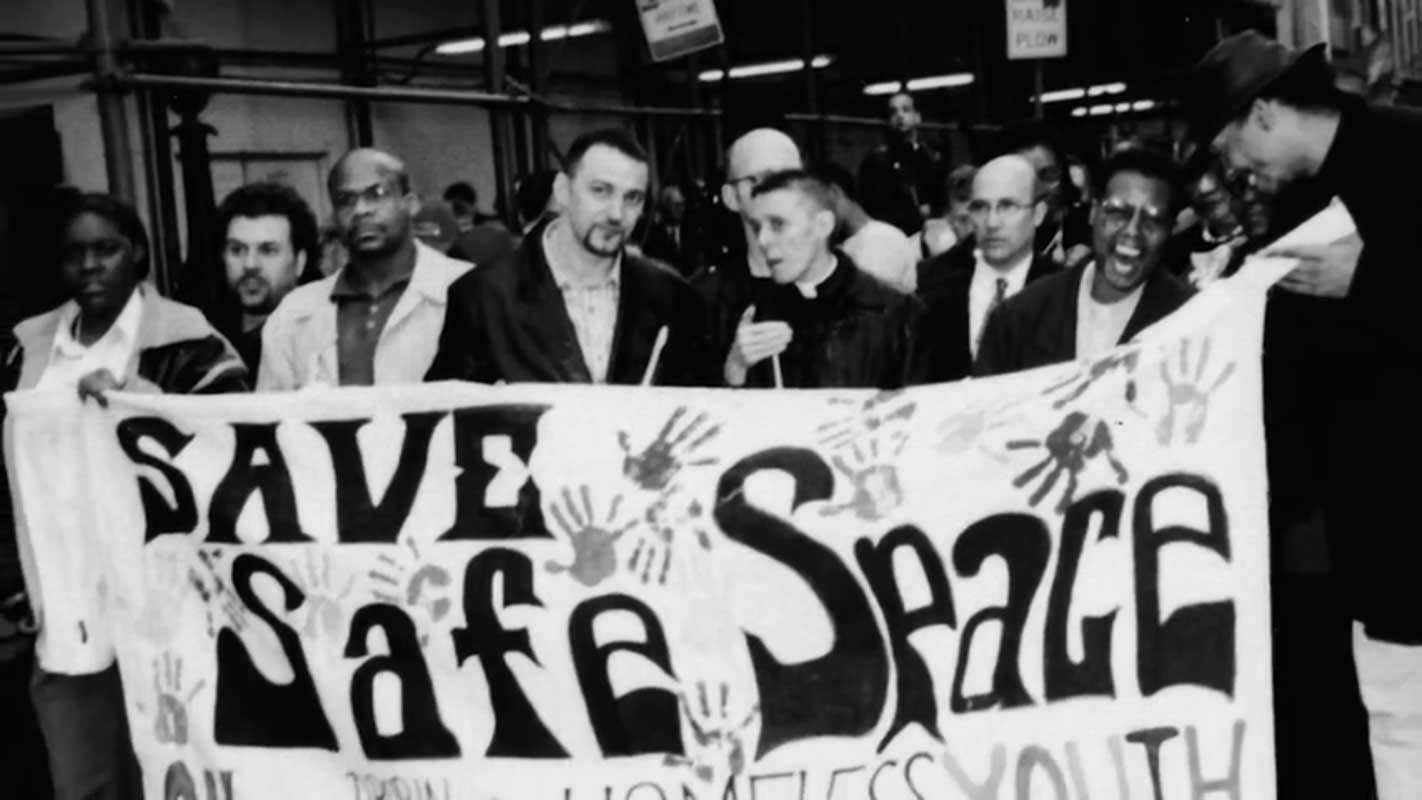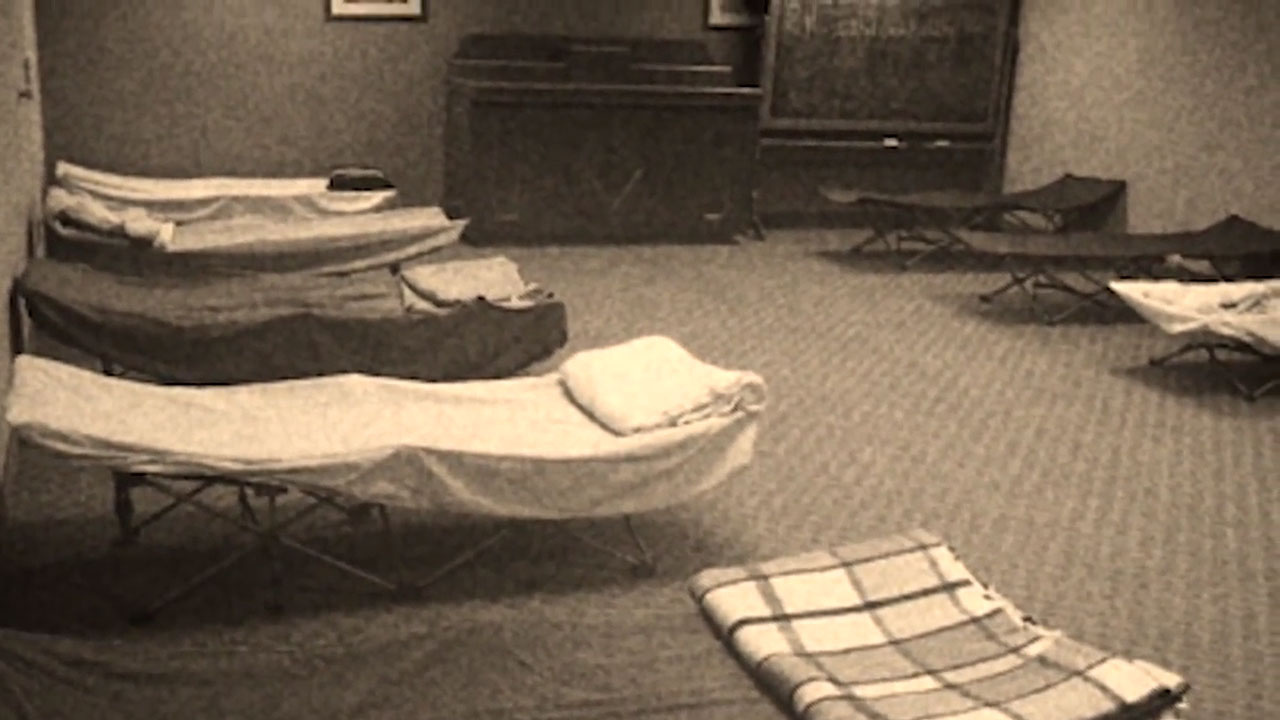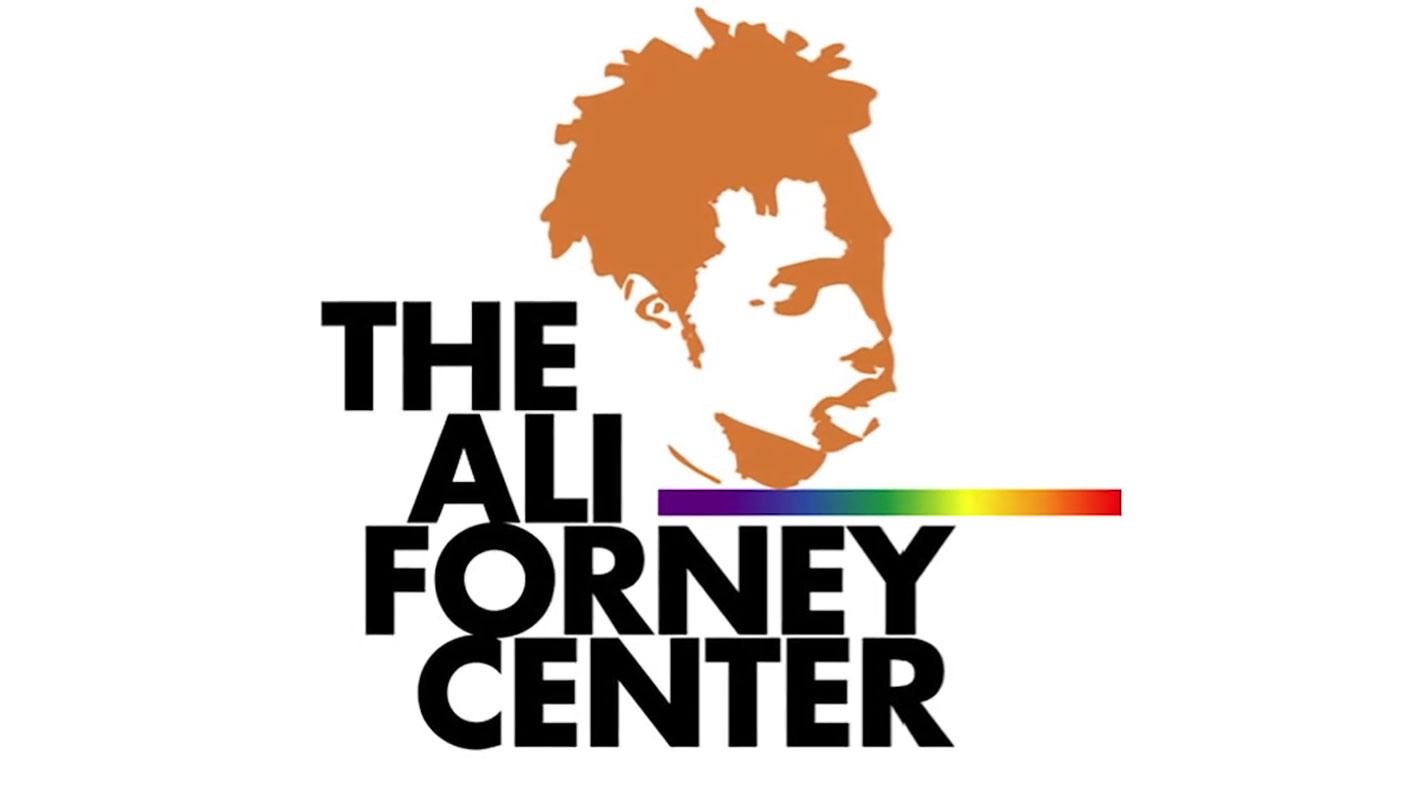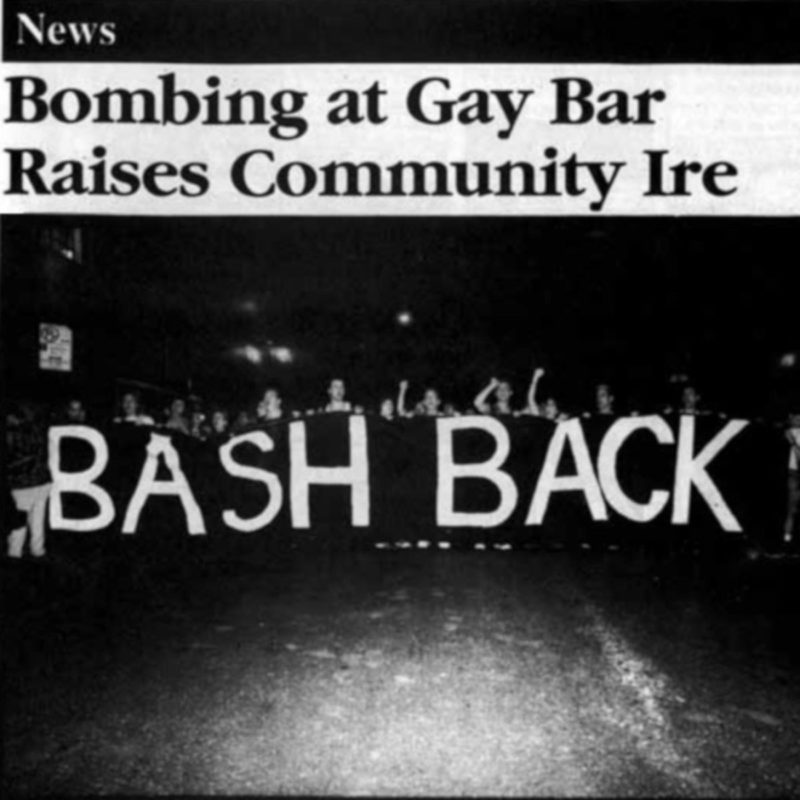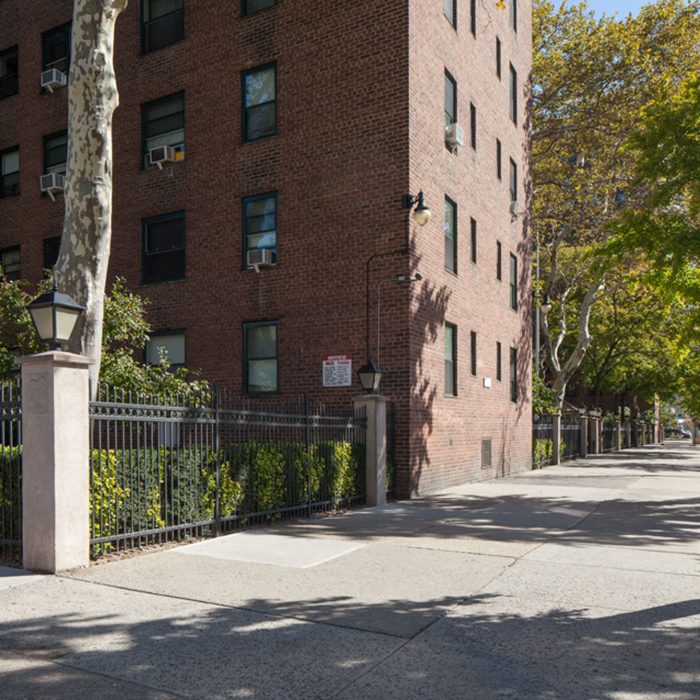
Ali Forney Murder Location
overview
Ali Forney was a homeless gender non-conforming youth of color who, on December 5, 1997, was killed near the housing project on East 135th Street and Fifth Avenue in Harlem.
Forney’s murder, which has never been solved, ultimately led to the founding of the Ali Forney Center, the country’s (and, likely, the world’s) largest shelter and medical facility for homeless LGBT youth.
History
Fleeing home at the age of 13, Ali Forney (1975-1997) was a homeless gender non-conforming youth of color who survived through street work. Forney used the “he” pronoun as Ali and the “she” pronoun as Luscious. At around 3:00 A.M. on December 5, 1997, Forney was shot and murdered near the housing project at the northeast corner of East 135th Street and Fifth Avenue in Harlem. As with numerous murders of transgender and GNC people of color before and after that time, the killing received little press and the case has never been solved.
In 2002, Carl Siciliano founded the Ali Forney Center (AFC), a shelter for homeless LGBT youth, in Forney’s memory.
I spend about an hour just walking slowly up and down the block [where Ali was murdered]. I say my rosary and I say my prayers for Ali and I ask him to look down with love and mercy and help us protect these kids.
Siciliano had previously been the director of a homeless youth drop-in center in Times Square known as Safe Space, which is where he met and befriended Forney in 1994. At that time, a Roman Catholic organization provided the only shelter in New York City for homeless youth, but those who were LGBT did not feel welcome there. Instead, many chose to live on the streets, with prostitution as their only means of economic survival. After the cleanup of Times Square, they relocated to other neighborhoods, such as Harlem and the South Bronx.
According to the AFC website, Forney “educated anyone he encountered about HIV prevention and safe sex” and “was well known by the police because he aggressively advocated that the NYPD investigate a series of murders of other homeless queer youth he had befriended.” Forney’s work continues at the AFC, which has grown from six cots in a church basement to multiple transitional living and emergency housing sites in Manhattan, Queens, and Brooklyn. Drop-in centers also provide medical care and mental health treatment. The AFC staff notes that it is the largest shelter and housing program for LGBT youth in the country and, likely, the world.
Entry by Amanda Davis, project manager (December 2017).
NOTE: Names above in bold indicate LGBT people.
Sources
“Ali Forney Center 15th Anniversary Video,” Ali Forney Center, 2017. [source of pull quote]
“Ali’s Story,” Ali Forney Center, bit.ly/2hlhztC.
Carl Siciliano, executive director, Ali Forney Center. [Siciliano provided the suspected murder location]
David KiHara, “Ask, Don’t Tell,” The Village Voice, August 17, 1999.
David Raleigh The Friends Project, “The Ali Forney Story,” 2010.
Rocco Parascandola, “Exclusive: NYPD Takes Fresh Look at ‘90s Transgender Murders in Harlem,” Daily News, April 6, 2016.
Tina Rosenberg, “Editorial Observer; Helping Them Make It Through the Night,” The New York Times, July 12, 1998.
Read More
Do you have more information about this site?
This project is enriched by your participation! Do you have your own images of this site? Or a story to share? Would you like to suggest a different historic site?
